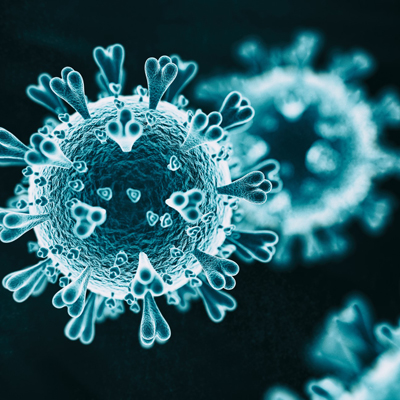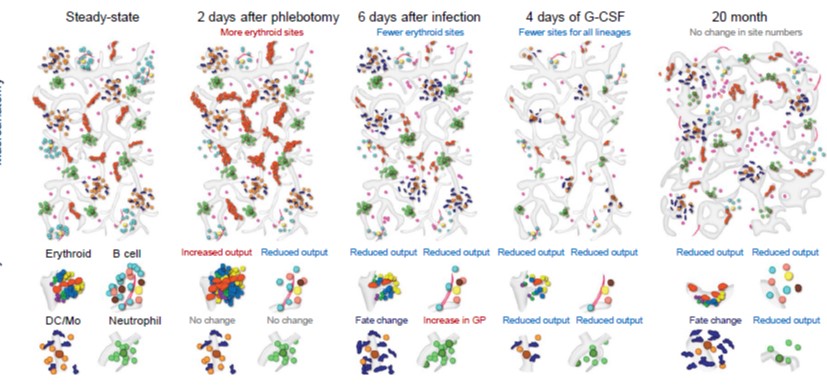COVID-19 Research News Update for March 18
Post Date: March 18, 2020 | Publish Date:

The Research Horizons science blog is sharing links to research-oriented news about the COVID-19 pandemic, especially information about how children are affected.
If you see an article that should be shared with the research community, please send a note to scienceblogeditor@cchmc.org
To receive regular email updates about fresh blog posts, use the “sign up” box appearing on any post.
Stealth Transmission Reported
In a study posted March 8, 2020, to medRxiv, epidemiologists found higher rates of transmission by people who either were not very sick or who had not yet developed symptoms of infection—a contrast to past experiences with SARS and MERS and one reason why many cases during the early spread of the novel coronavirus can go undetected.
“The proportion of pre-symptomatic transmission was 48% (95%CI 32-67%) for Singapore and 62% (95%CI 50-76%) for Tianjin, China,” the co-authors state.
Children may be a significant source of hard-to-detect transmission, according to this pre-print report posted March 16, 2020, by the journal Pediatrics. NOTE: Pre-print information has not been peer-reviewed.
This report is based on a case series of 2143 pediatric patients with COVID-19 reported to the Chinese Center for Disease Control and Prevention.
“Children at all ages appeared susceptible to COVID-19, and there was no significant gender difference. Although clinical manifestations of children’s COVID-19 cases were generally less severe than those of adults’ patients, young children, particularly infants, were vulnerable to infection,” the co-authors state.
The good news: while children are getting infected, the vast majority are doing well.
“Why most of the children’s COVID-19 cases were less severe than adults’ cases is puzzling,” the report states. “This may be related to both exposure and host factors.”
An accompanying editorial expands upon the findings:
“There are several salient points from this paper. First, while children are less likely to become
severely ill than older adults, there are subpopulations of children with an increased risk for more
significant illness,” the editorial states.
“Third, children may play a major role in community-based viral transmission. Available data suggest that children may have more upper respiratory tract (including nasopharyngeal carriage), rather than lower respiratory tract involvement.
There is also evidence of fecal shedding in the stool for several weeks after diagnosis, leading to concern about fecal-oral transmission of the virus, particularly for infants and children who are not toilet-trained, and for viral replication in the gastrointestinal tract.
Prolonged shedding in nasal secretions and stool has substantial implications for community spread in daycare centers, schools, and in the home.”
This data, indicating that children are indeed becoming infected, serves as another rationale for social distancing.
MORE LINKS TO COVID-19 SCIENCE NEWS
JAMA Network: Live Q&A with Anthony Fauci, MD (On Twitter @JAMA_current )
Discusses use of non-steroidals, potential risks from ACE inhibitors, concern about high rate of hypertension among underlying conditions of those who have died, PPE supply issues, and more
New York Times: Children and Coronavirus: Research Finds Some Become Seriously Ill
MIT Technology Review: Over 24,000 coronavirus research papers are now available in one place
The data set aims to accelerate scientific research that could fight the Covid-19 pandemic
NBC: Here are some of the existing drugs that may be repurposed to treat coronavirus
Science Daily: COVID-19 coronavirus epidemic has a natural origin
Health Canal: COVID-19 Phase I Vaccine Clinical Trial
HOW YOU CAN TRACK PEDIATRIC NEWS ABOUT COVID-19
A frequently updated collection of pediatric COVID-19 papers can be found here
An excellent pandemic tracking dashboard from Johns Hopkins University






